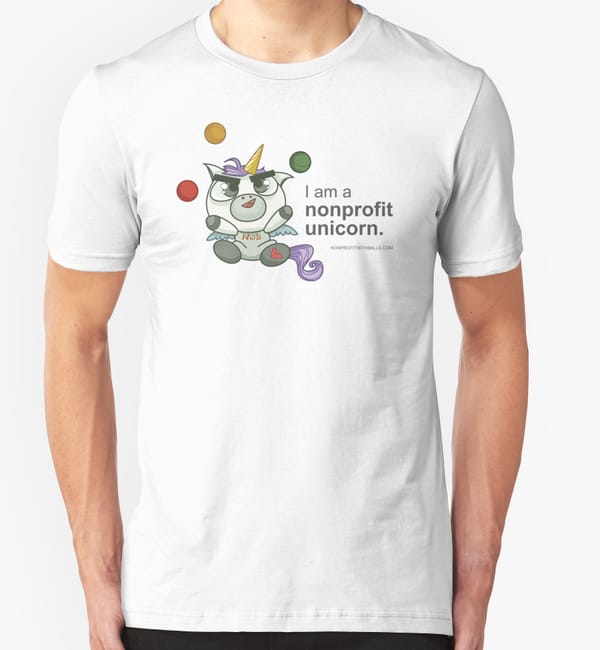Finance
Imagine if Apple had to run like a nonprofit
We nonprofits deal with unique challenges that our for-profit colleagues never have to think about. If you ever sat in the dark for hours listening to REM and eating Otter Pops and wondering what it would like for a large for-profit like Apple to have to run like a nonprofit,

